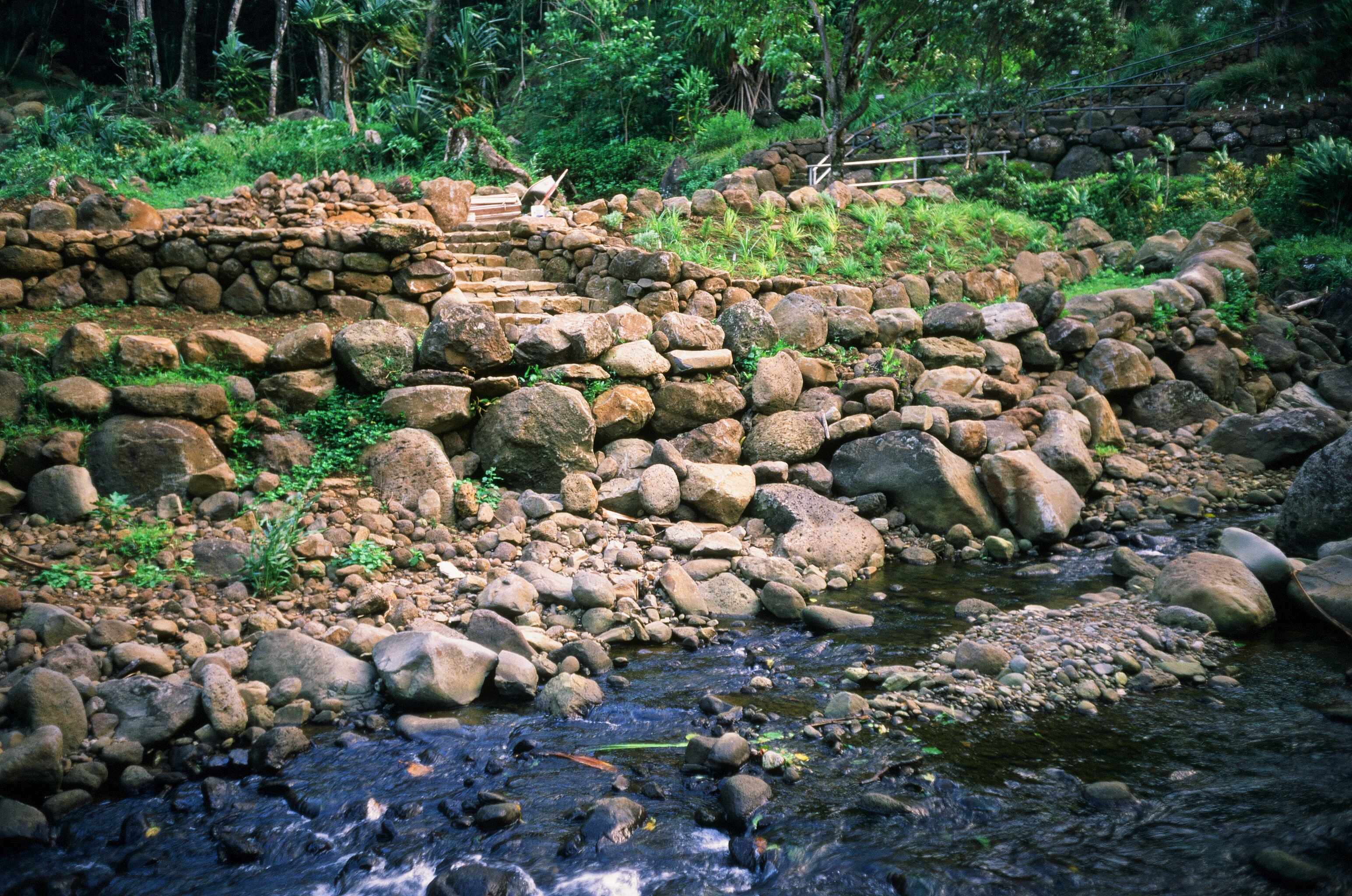Limahuli Garden & Preserve — Stream Site Flood Recovery
Work:
Design-Build
Location: Limahuli Garden & Preserve, Ha’ena, Kaua’i
Date: Project completed, April 2019.
Project Description:
Following the devestating impact caused by a record-breaking 49.69 inches of precipitation in a 24-hour period, the most significant rainfall event in US history, we collaborated closely with the National Tropical Botanical Garden to design and reconstruct a segment of stream bank washed away in the flooding event. Our goal was to create a space that catered to visitor needs while preserving the memory of the devastating 100-year flood and incorporating future storm water management and resiliency measures. Through this collaborative effort, we forged a resilient and sustainable site that honors the past while embracing a thriving and adaptable future.
Work:
Design-Build
Location: Limahuli Garden & Preserve, Ha’ena, Kaua’i
Date: Project completed, April 2019.
Project Description:
Following the devestating impact caused by a record-breaking 49.69 inches of precipitation in a 24-hour period, the most significant rainfall event in US history, we collaborated closely with the National Tropical Botanical Garden to design and reconstruct a segment of stream bank washed away in the flooding event. Our goal was to create a space that catered to visitor needs while preserving the memory of the devastating 100-year flood and incorporating future storm water management and resiliency measures. Through this collaborative effort, we forged a resilient and sustainable site that honors the past while embracing a thriving and adaptable future.

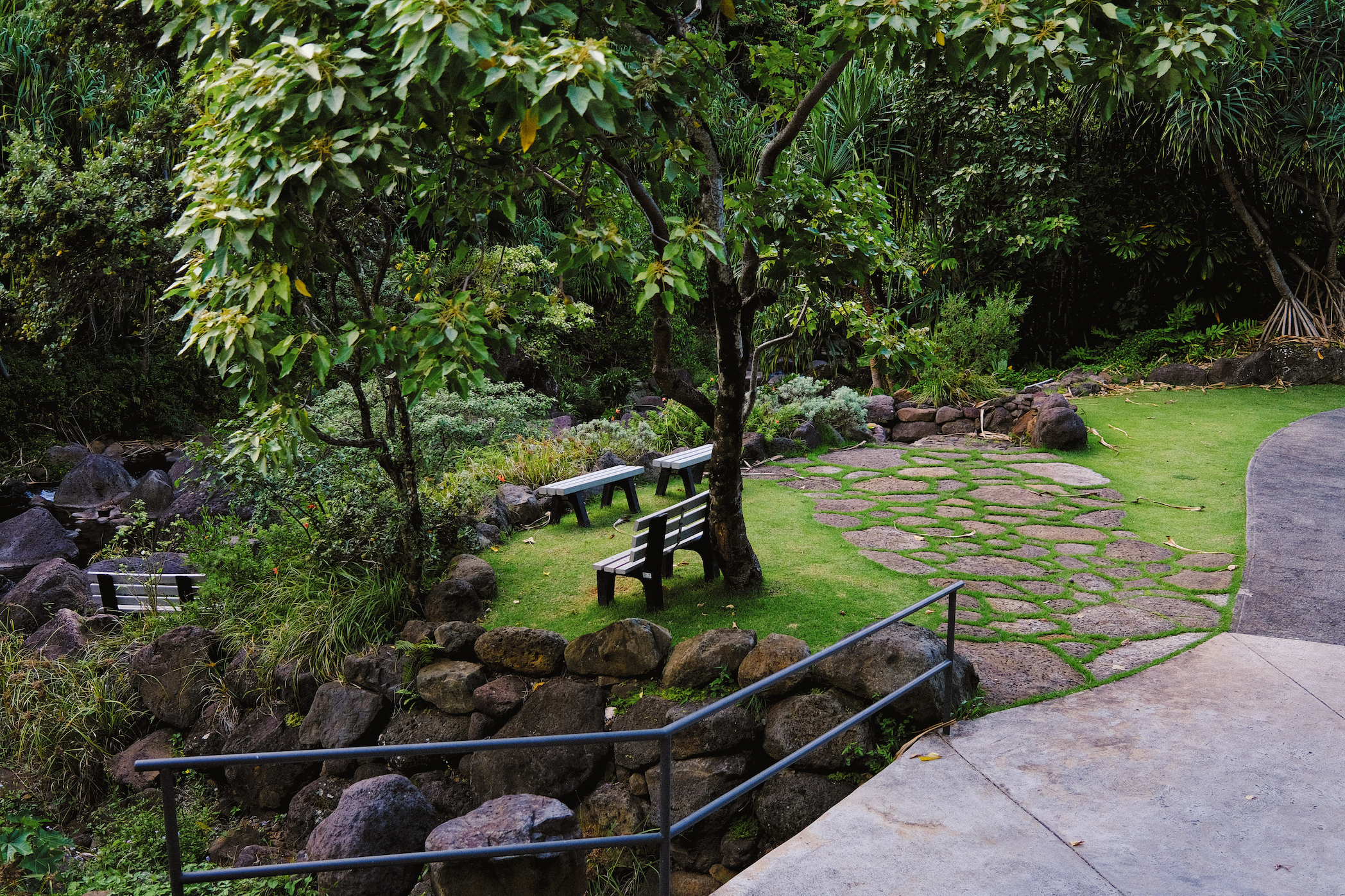
In the wake of an unparalleled rainfall event that deluged Kauaʻi's north shore, the communities of Ha’ena, Wainiha, and the historically-rich Limahuli Valley faced significant landscape devastation. The recorded 49.69 inches within a 24-hour span transformed river courses, overwhelmed infrastructures, and marked a chapter of unprecedented natural force in the area's history.
Central to our reconstruction mission was a particularly damaged site within the cherished Limahuli Garden. While the Garden stands as an emblem of Kauaʻi's diverse ecological tapestry and cultural legacy, this site bore witness to the storms devastation and the subsequent aftermath. Our vision for the rejuvenation of this treasured space is one that would once again welcome the community and visitors, serving as a resilient testament to both the past's challenges and a hopeful future.
Central to our reconstruction mission was a particularly damaged site within the cherished Limahuli Garden. While the Garden stands as an emblem of Kauaʻi's diverse ecological tapestry and cultural legacy, this site bore witness to the storms devastation and the subsequent aftermath. Our vision for the rejuvenation of this treasured space is one that would once again welcome the community and visitors, serving as a resilient testament to both the past's challenges and a hopeful future.

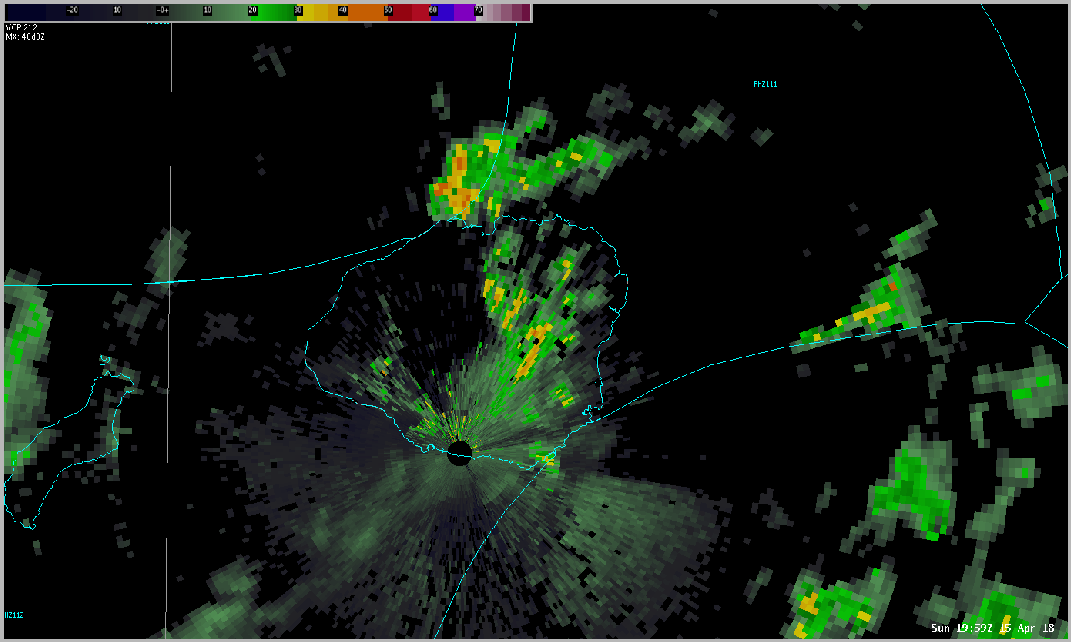




Through design and execution, we aimed to ensure that the restored site not only memorialized this extraordinary event but also showcased the resilient measures essential in confronting our changing climate. We endeavored to achieve this vision by employing traditional building techniques and onsite materials, integrating native flora with dry stone masonry, in alignment with the Garden’s ethos.

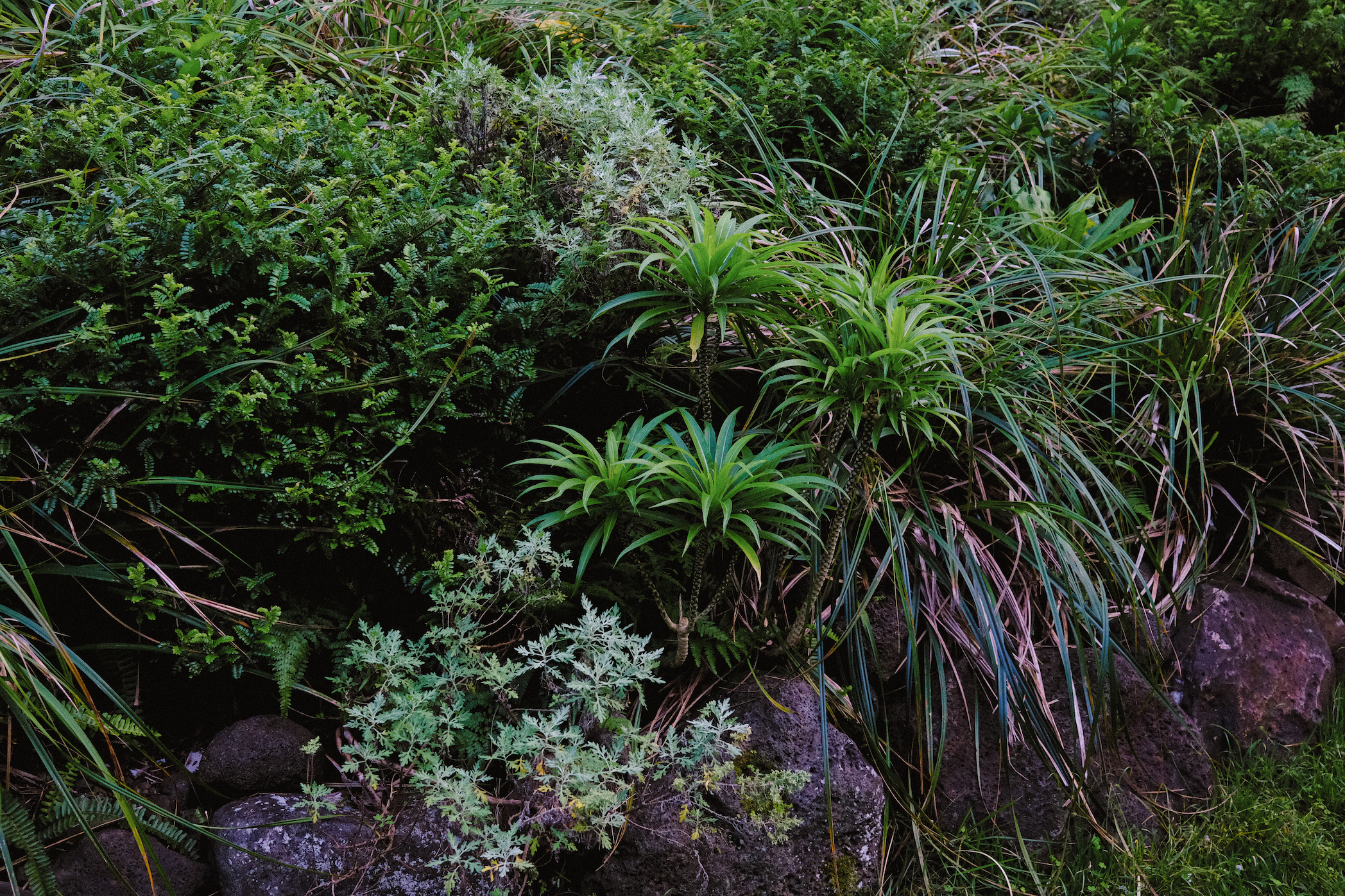




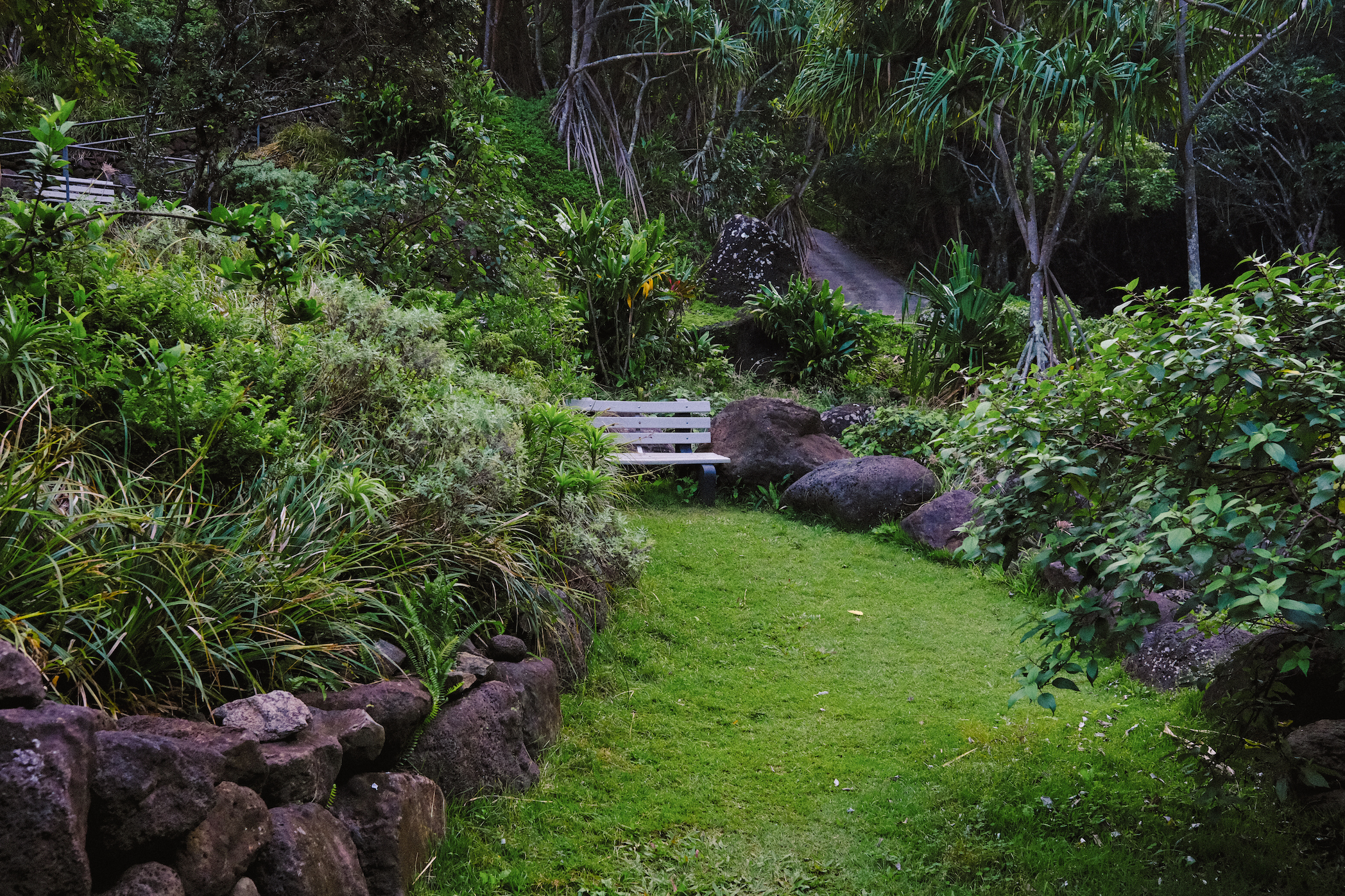
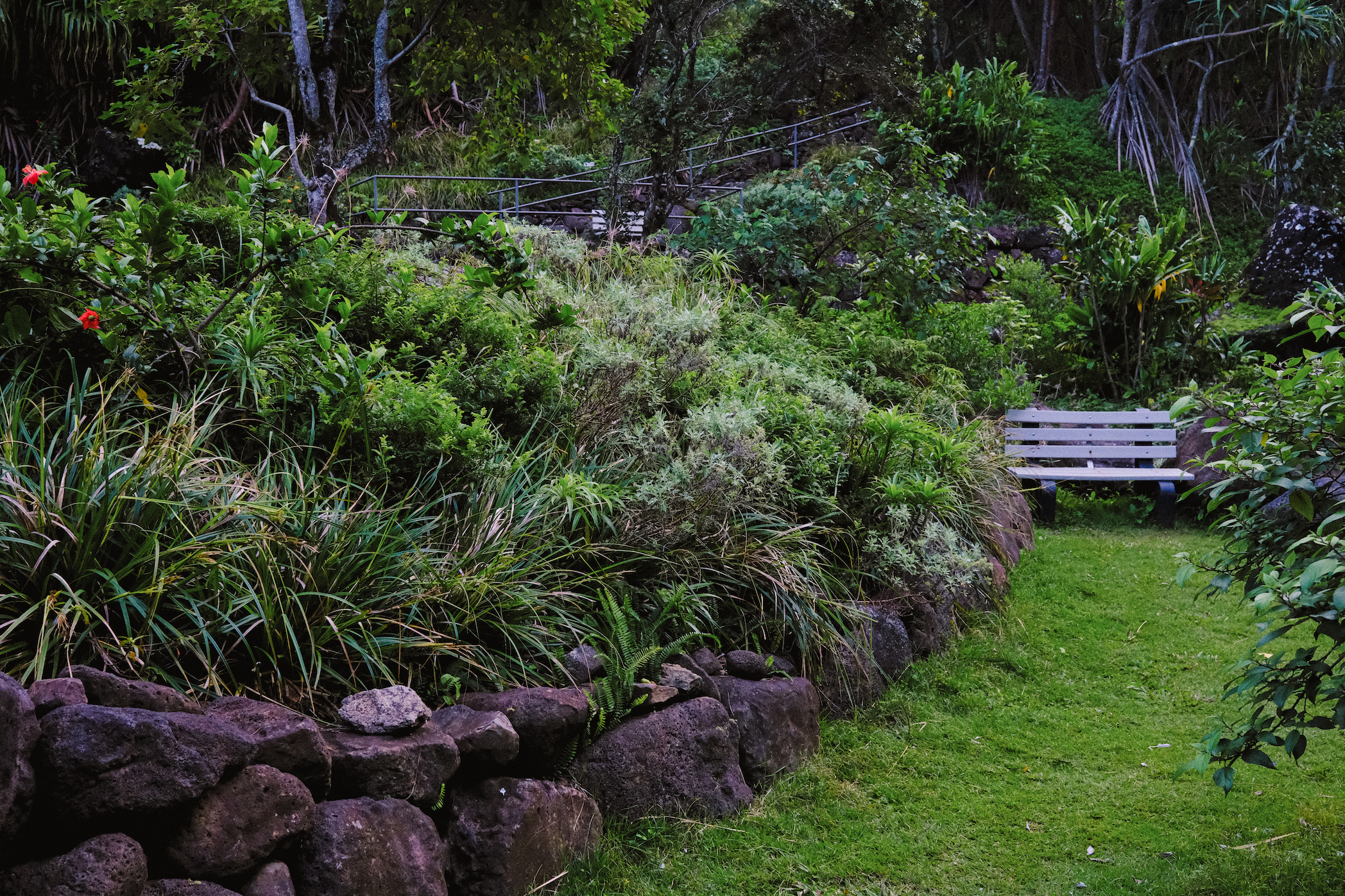


Following the devestating impact caused by a record-breaking 49.69 inches of precipitation in a 24-hour period, the most significant rainfall event in US history, we collaborated closely with the National Tropical Botanical Garden to design and reconstruct a segment of stream bank washed away in the flooding event. Our goal was to create a space that catered to visitor needs while preserving the memory of the devastating 100-year flood and incorporating future storm water management and resiliency measures. Through this collaborative effort, we forged a resilient and sustainable site that honors the past while embracing a thriving and adaptable future.



